[grwebform url=”https://app.getresponse.com/view_webform_v2.js?u=zZ4xV&webforms_id=18433203″ css=”on” center=”off” center_margin=”200″/]
For a quadriplegic, getting back the use of their hands is THE major factor in helping them achieve greater independence. Although there have been surgical attempts to achieve this in the past, these have tended to be invasive and taken a long time to heal after. Similarly, many technological aids are expensive to buy and offer only limited gains.
Earlier this year, new research, from the University of California (UCLA), offered hope for quadriplegics to restore their hand function.
Awakening the spinal cord’s circuitry
This non-invasive therapy is being considered a breakthrough as it looks to be easily administered and inexpensive as well as being successful. The new therapy activates the spinal network using electrical stimulation allowing signals to get from the brain to the hands.
Basically, electrodes are placed on the skin above the spinal cord at C3-C4 and C6-C7 levels. Electrical pulses of different frequencies, from a small, portable pulse generator, are then delivered. This has the affect of both awakening and stimulating the circuitry of the spinal cord that allows instructions to get from your brain to your hands.
The stimulation needs to be combined with rehabilitation exercises (during the stimulation), such as repetitive squeezing.
Increase in hand grip force
The trials were carried out on 8 participants, who each had eight, 90-minute training sessions over 4 weeks. Commenting on the results of the trials, Parag Gad, an UCLA research assistant on the project, said, “Within two or 3 sessions, everyone started showing significant improvement, and kept improving from there.”
After just 4 weeks, all participants hand grip force had increased by 325% with stimulation and 225% without, in both hands. While some also enjoyed improvements in blood pressure, bladder function, cardiovascular function and trunk control.
Further research needed
The research, funded by a number of institutions, including the Christopher & Dana Reeve Foundation, will need further work doing, due to the small size and lack of control group. But, it is hoped that in 2 to 4 years it the treatment should be readily available. This will allow you to undertake it at home, hospital or rehab centre.
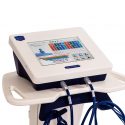
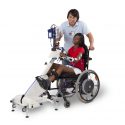
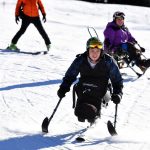

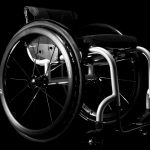
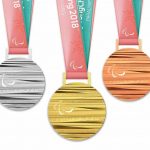
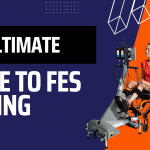
Recent Comments